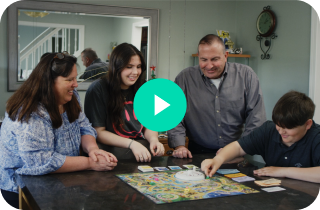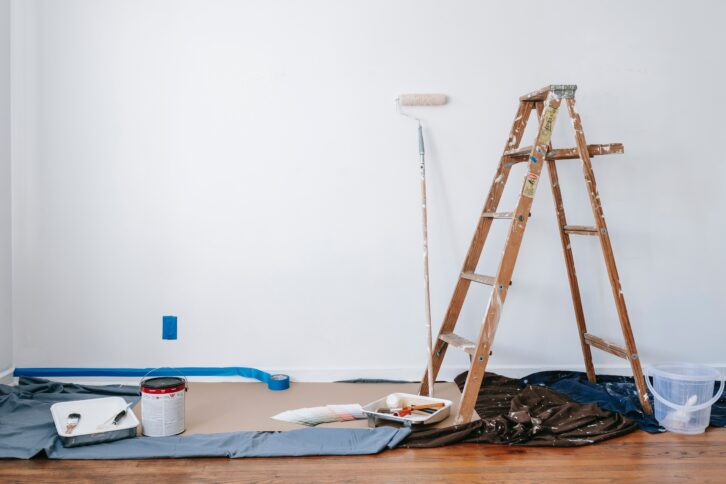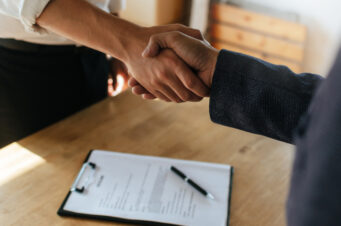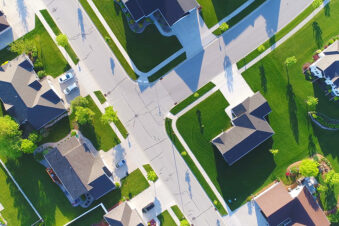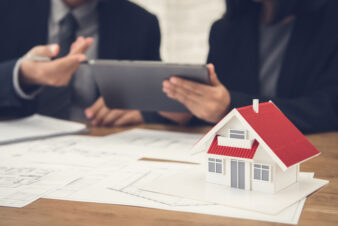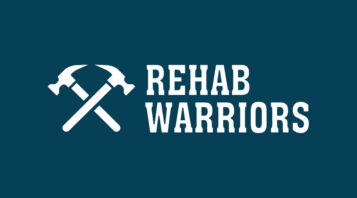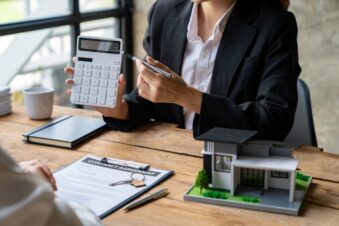These sudden and extreme hazards could result in natural disasters, significant adverse events that threaten the health and safety of anyone in their path. The toll they take can be massive, emotionally and financially. In 2021, damages from weather and climate-related disasters totaled approximately $145 billion.
Natural disasters come in many forms. In addition to the previously mentioned examples, they can include:
- Tornadoes
- Hailstorms
- Landslides
- Wildfires
- Floods
- Droughts
- Volcanic activity
Natural hazards exist everywhere, but some areas are more prone than others. Western states like California, Nevada, and Arizona face a higher risk of wildfires, while several states in Central US (including Oklahoma, Kansas, and Nebraska) are more prone to tornadoes. Coastal regions have a higher risk of hurricanes.
By their very nature, natural disasters can be devastating. Knowing what to do after one occurs can help ease stress and confusion. It can also aid in beginning the process of repairing and rebuilding.
What Types of Damages Can Homes Face After a Natural Disaster?
While homebuilders construct them to be sturdy, houses aren’t indestructible. Natural disasters can cause all kinds of damage. Depending on the type of storm, your home could face any number of issues, including:
- Broken windows
- Roof damage (including roof collapse)
- Damaged siding
- Structural damage
- Flooding
- Fire and smoke damage
- Compromised foundation
In addition to significant damage to your home, natural disasters can ruin your personal belongings, cause physical injuries, separate families (including pets), and lead to substantial mental distress.
Repairing and Rebuilding After a Natural Disaster: 6 Things to Do
No matter how much you prepare, a natural disaster can turn your life upside down. Figuring out your next steps when you’re still processing the event can be a challenge. However, knowing how to start the recovery process can make all the difference in how quickly you can begin rebuilding your home and returning to a sense of normalcy.
1. Check On Family and Neighbors
One of the first things you’ll want to do is make sure that your immediate family and any nearby loved ones impacted by the disaster are safe. Secure your pets in a safe place, such as a kennel Consider checking up on your neighbors, too, especially if they’re older or have young children. Even if they don’t need any assistance, they may appreciate your visit.
2. Take Stock of All Damage
If your home suffered significant damage, resist the urge to head back inside right away. Wait until a professional has inspected it and deemed it safe. Bring a camera and a notebook with you and document everything. It may be helpful to take multiple photos from different angles so that your insurance company can see the extent of the damage.
3. Make Some Temporary Repairs
Depending on the extent of the damage, you may need to make some temporary repairs. For instance, you may need to place a tarp over a hole in your roof or replace a broken door. Avoid making any permanent repairs until after you get in touch with your insurance company.
Remove any valuables and essential documentation, too. If possible, have a trusted friend or family member outside of the disaster area hold them for you. Alternatively, you could rent a storage unit temporarily.
If you do spend any money to make temporary repairs, get a storage unit, or rent a hotel, hang on to your receipts. Keep them all together in a folder in a safe location until your insurance company needs them.
4. Contact Your Insurance Company
Speaking of your insurance company, you’ll want to contact them as soon as possible. Provide your photographs, receipts, and any other documentation quickly to avoid delays. Your insurance company will assign you a claims adjuster, who will perform a more thorough evaluation of your home.
5. Create a Financial Plan to Rebuild
Having access to liquid capital can be incredibly helpful in an emergency situation like a natural disaster. Ideally, you want to have at least three to twelve months’ worth of expenses stashed away. However, a recent survey found that 56% of Americans don’t have $1,000 in savings to cover an emergency expense.
If you need access to funds, you do have a few options. A home equity loan or a home repair loan are a few common solutions, but strict qualifications can keep many homeowners from obtaining these. If a homeowner has a lower credit score, they can be shut out of many lending options. If you’re struggling to qualify for traditional solutions, you might want to consider a sale-leaseback for access to funds without strict qualifications and without needing to repay the cash.
Did the federal government declare your area a disaster area? You may be able to apply for a grant that could help you rebuild, too. You can check to see what resources FEMA offers for individuals affected by significant disasters.
6. Hire Contractors to Help Rebuild Your Home
When it’s time to begin permanent home repairs after natural disasters, you’ll want to hire professionals to do the work. Interview several potential individuals and get quotes from each of them. Ask for references as well as licensing and insurance information. Be wary of anyone who asks for payment in full before beginning work.
Another note of caution: it’s not uncommon for scammers to try taking advantage of homeowners after a disaster. Be careful when it comes to anyone going door-to-door or who isn’t known to your local area.
It’s already a stressful time, and you understandably want your home back. However, taking the time to vet contractors and find trustworthy people you feel comfortable with will help save you money and more heartache. They’ll also help get you back in your home sooner.
Tips to Prepare for Potential Natural Disasters
While you can’t prevent massive storms, earthquakes, or other natural occurrences, there are things you can do to prepare. Here are a few tips to keep in mind:
- Know your risk and have the appropriate insurance coverage.
- Create a disaster plan and make sure everyone knows where to go if you need to evacuate (don’t forget about your pets).
- Build an emergency supply kit with enough supplies for everyone should you get stranded.
- Grow your emergency fund.
Home Repair After Natural Disasters: Rebuild Your Home and Get Your Life Back
Rebuilding after a natural disaster isn’t going to happen overnight. Unfortunately, it’s a process that takes time. Knowing what steps to take can help you get the ball rolling sooner, though, allowing you to get your home and your life back that much quicker. You may also find it beneficial to speak with your homeowner’s insurance company before something happens to ensure that you have sufficient coverage. That way, should something happen, you won’t have to worry as much about where you’ll get the money to cover costly home repairs.
If a sale-leaseback sounds like it may be the option for you to get you the money you need for home repairs, reach out to a financial advisor to learn more.
Key Takeaways
The environment is unpredictable. A hurricane could travel close to shore, sending strong winds and heavy rains inland. The shifting of fault lines could trigger an earthquake. A snowstorm could turn into a blizzard and dump several feet of snow as it moves. A sale-leaseback can serve as a solution for you to rebuild or repair your home when you are experiencing challenging, unpredictable situations. Consult a financial advisor to discuss your options.
